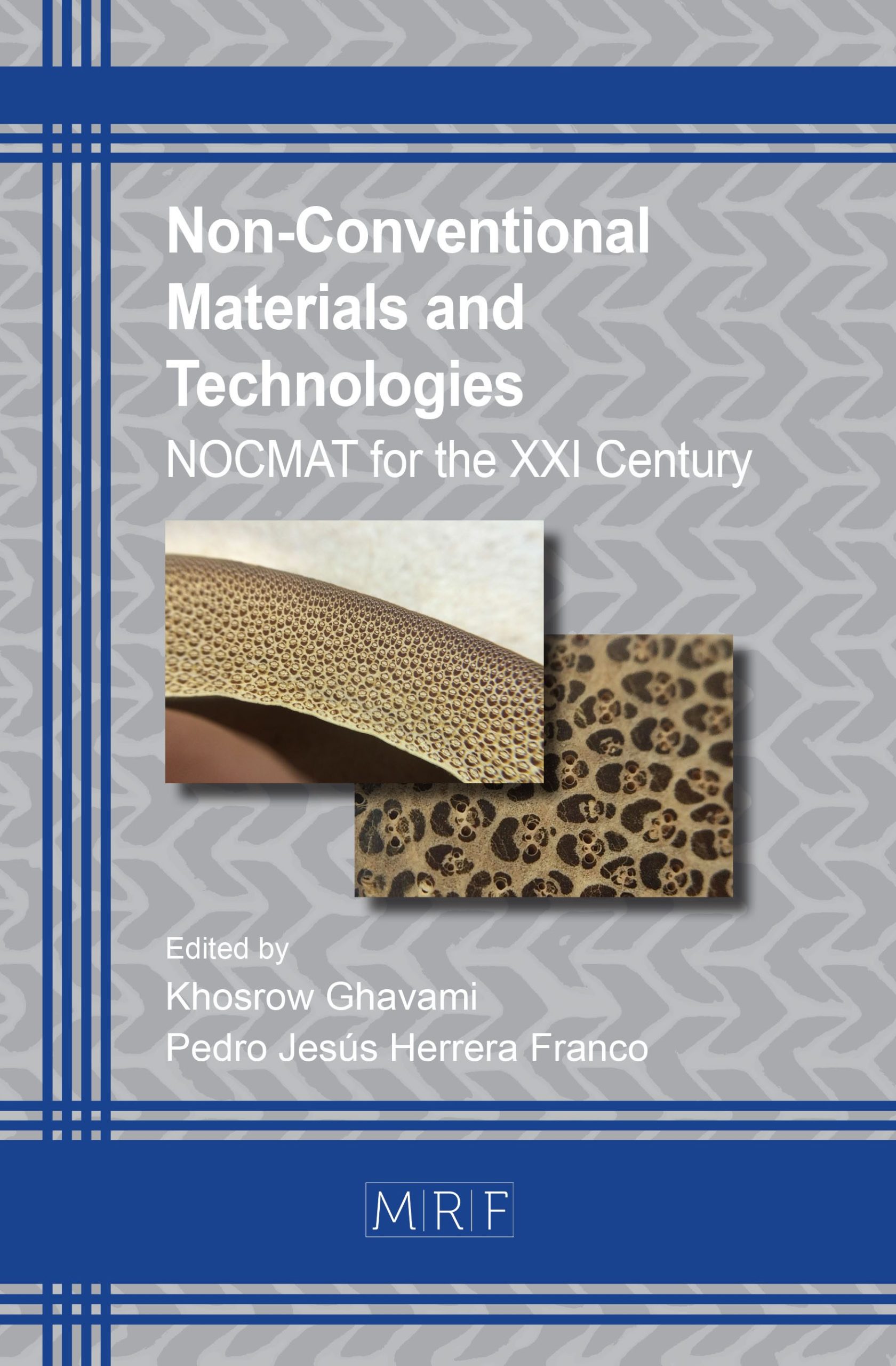Speeding up Post-Disaster Reconstruction: Material Choice or Roof Design?
G. Celentano, E.Z. Escamilla, V. Göswein, V. Hischier, G. Habert
Abstract. The consequences of urbanization and climate change are dangerously converging. The most affected populations are the urban poor, settled in informal settlements, vulnerable to increasingly frequent disasters. This severely contributes to the existing housing gap of the affected regions, already struggling with housing demand. The speed of shelter delivery becomes key for an efficient response. The present study aims to understand the impact of material choice on post-disaster shelters delivery through a multiscale analysis of their construction speed. The scales considered for the study are: Constructive technology, Shelter Unit and Post-disaster settlement. At the scale of the Constructive technology, nine different solutions suitable for the Nepal earthquake reconstruction are compared, covering a range from local to industrialized. Successively, twelve different shelter designs delivered worldwide by the International Federation of the Red Cross have been studied under the same lens, at the Shelter unit scale as well as for the case of the Post-disaster camp. The study shows that a clear correlation between material procurement and speed can be identified at the element scale. This correlation becomes secondary at the shelter scale, where it is visible that materials play a limited role in affecting the construction time, that is mainly driven by the complexity of the roof design. Moving to the settlement scale, the procurement choice of materials seems to be impacting the speed again. The study indicates how no univocal solution fits for the three different scales of the study, providing efficient guidelines for post-disaster reconstruction. Beyond that, it highlights that effective construction can be developed with a variety of materials, but its emergency responsiveness can seriously be compromised by a non-appropriate design.
Keywords
Post-Disaster Reconstruction, Shelters, Material Selection, Speed, Large Scale Reconstruction
Published online , 9 pages
Copyright © 2018 by the author(s)
Published under license by Materials Research Forum LLC., Millersville PA, USA
Citation: G. Celentano, E.Z. Escamilla, V. Göswein, V. Hischier, G. Habert, ‘Speeding up Post-Disaster Reconstruction: Material Choice or Roof Design?’, Materials Research Proceedings, Vol. 7, pp 26-34, 2018
DOI: http://dx.doi.org/10.21741/9781945291838-4
The article was published as article 4 of the book Non-Conventional Materials and Technologies
References
[1] UNHCR. Emergency Handbook: Shelter Solutions. UNHCR; 2017.
[2] World Bank. Atlas of Sustainable Development Goals 2017: From World Development Indicators. The World Bank; 2017.
[3] UNHCR. Climate Change and Disasters [Internet]. UNHCR. [cited 2017 Jun 12]. Available from: http://www.unhcr.org/climate-change-and-disasters.html
[4] Chang Y, Wilkinson S, Potangaroa R, Seville E. Interpreting resourcing bottlenecks of post‐Wenc huan earthquake reconstruction in China. Int J Strateg Prop Manag. 2010 Dec;14(4):314–31. https://doi.org/10.3846/ijspm.2010.24
[5] UNEP, SKAT. After the Tsunami. Sustainable building guidelines for South-East Asia. 2007.
[6] Lyons M, Schilderman T, Boano C. Building Back Better. 2010.
[7] Bilau AA, Witt E, Lill I. A Framework for Managing Post-disaster Housing Reconstruction. Procedia Econ Finance. 2015;21:313–20. https://doi.org/10.1016/S2212-5671(15)00182-3
[8] UNISDR. Sendai Framework for Disaster Risk Reduction 2015 – 2030. Geneva, Switzerland: United Nations; 2015.
[9] Zea Escamilla H. Global or local construction materials for post-disaster reconstruction? Sustainability assessment of twenty post-disaster shelter designs. 2015.
[10] Lyons M. Building Back Better: The Large-Scale Impact of Small-Scale Approaches to Reconstruction. World Dev. 2009 Feb;37(2):385–98. https://doi.org/10.1016/j.worlddev.2008.01.006
[11] Jo Da Silva. Lessons from Aceh: Key Considerations in Post-Disaster Reconstruction. Arup/The Disasters Emergency Committee; 2010.
[12] Sphere Project. The Sphere Handbook | Shelter and settlement standard 4: Construction. 2011.
[13] IFRC. Appeals and Reports – IFRC. Geneva, Switzerland; 2017.
[14] UNDP. Survivors of the Tsunami. One Year Later. Washington, DC; 2005.
[15] UNDP. Construction boom analysis: pilot analysis for bricks. Banda Aceh, Indonesia. Geneva, Switzerland: United Nations; 2006.
[16] UNEP. Environment and reconstruction in Aceh: two years after the tsunami. 2007.
[17] Celentano G, Goeswein V, Zea Escamilla E, Habert G. Sustainable post-disaster reconstruction in remote areas. A selection method for appropriate constructive techniques. In: 5th Eco-Materials International Conference. Riobamba, Ecuador; 2016.
[18] IFRC. Transitional Shelters: Eight designs. Geneva, Switzerland; 2013.
[19] IFRC. Post-disaster shelter: Ten designs. 2011.
[20] Zuo K, Wilkinson S, Potangaroa R. Supply chain and material procurement for post disaster construction: the Boxing Day Tsunami reconstruction experience in Aceh, Indonesia. In: Building resilience. Heritance Kandalama, Sri Lanka; 2008.
[21] Nazara S, Resosudarmo BP. Aceh-Nias reconstruction and rehabilitation: Progress and challenges at the end of 2006. ADB Institute Discussion Papers; 2007.
[22] Steinberg F. Housing reconstruction and rehabilitation in Aceh and Nias, Indonesia—Rebuilding lives. Habitat Int. 2007 Mar;31(1):150–66. https://doi.org/10.1016/j.habitatint.2006.11.002































